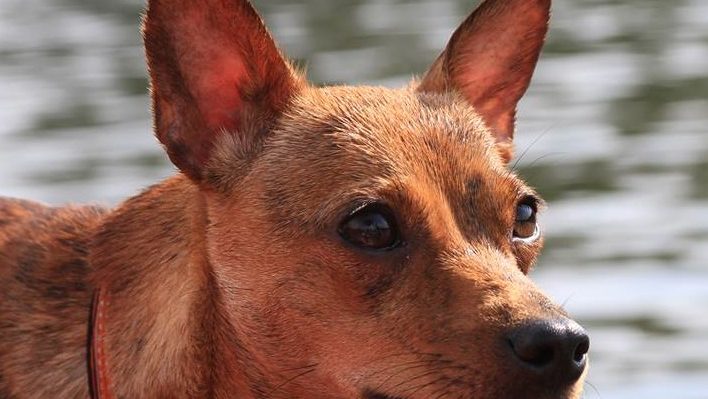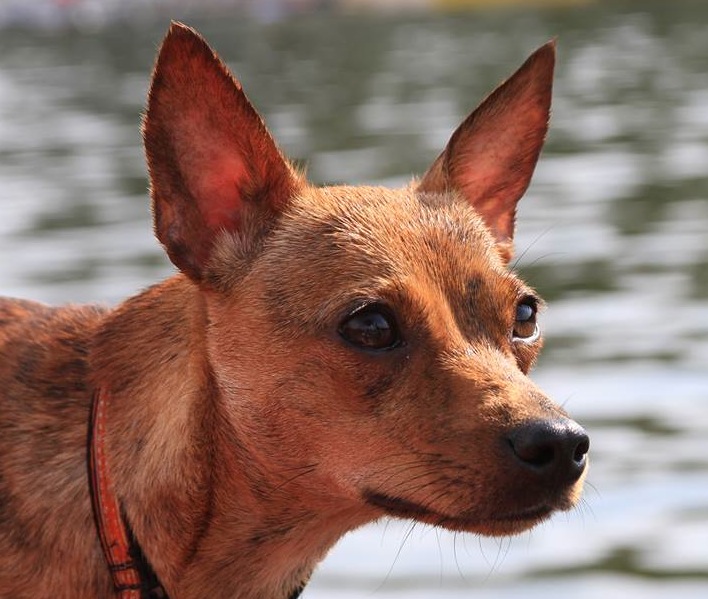
Do you walk your dog on neighborhood streets, in city parks, around lots of cars and people? You still encounter wildlife, feathered or furry.
But what if the wildlife you encounter is more “wild” than the usual sparrow or squirrel? What if you encounter a coyote? What if the coyote is following you?
You and your dog are being followed by a coyote.
▪ Do not turn your back on the coyote.
▪ Do not run.
▪ Put your dog on a leash, if it isn’t leashed already.
▪ Try to look as big and as scary as you possibly can.
▪ Wave your arms over your head.
▪ Open your jacket or sweatshirt and wave it.
▪ Make noise to scare the coyote away.
▪ Yell, shake your keys, clap.
▪ Run toward the coyote yelling and waving your arms.
▪ Throw rocks, branches, anything you can find.
▪ Aim for their feet or near them, not directly at the coyote’s head or body.

Photo by Anna Abney
Here is a short video on how to chase coyotes away:
https://www.youtube.com/watch?v=EDm9wjfcdbw&feature=player_embedded
What if you regularly walk your dog in a place frequented by coyotes? Not just a single passing stray, but “resident” coyotes who’ve claimed that same area as their territory? What if you see coyotes almost every time you walk your dog? Observe these safety measures.
You walk your dog often in areas where coyotes live.
▪ Keep your dog on a leash at all times.
▪ Attach bells to your dog’s collar.
▪ Carry a whistle or mini air horn.
▪ Make and carry shake cans (empty soda cans filled with coins or pebbles).
▪ Carry deterrent pepper spray or a squirt gun filled with vinegar water.
▪ Carry Nordic walking poles, a walking stick, or an umbrella.
I cannot stress enough, when using any method to “haze” (chase away) or to avoid (prevent encounters with) coyotes, first accustom your dog to the actions involved. This takes time.
To get dogs used to wearing bells on their collars, for example, start by ringing the unattached bells by hand. Praise and treat for the dog’s remaining calm at the sound. Continue with the desensitization to where the bells are attached to the collar, the collar is put on the dog, more bells are added, and so on. Have the dog wear the belled collar at home and in other familiar places. Later, when the dog has accepted the bells completely, put them on for more adventurous walks..
Sound-making deterrents can be very scary to dogs. No matter how well you habituate your dog to the sound of a mini air horn, it may always hurt his ears because his ears are just that sensitive. Shake cans rattle as you carry them so, yes, your dog needs a chance to get used to that, too—to the point where the shake-can sound produces little or no reaction. “Meh,” the dog shrugs. “That’s just the new noise my owner makes when he moves around. No big deal.”
Even waving your arms and yelling is something your dog must learn to see as having nothing to do with him. Believe me, you do not want to be chasing away a coyote at the same time your dog is freaking out on the end of the leash because you’re acting like a mad person and he’s frightened. Take the time to convince the dog that your acting like a mad person is a normal event in his day—and that it will never cause him any harm. Practice with friends and family members, and definitely with any dog-human pairs who walk with you. All dogs in coyote areas should accept any human acting like a mad person (singly or in groups).
Some coyote hazing methods and deterrents will not work with all dogs. Try out all deterrents at home first.
Dogs with extremely sensitive ears, for example, may not tolerate loud whistles or air horns, so find other ways to deal with coyotes when you walk. Or imagine that your dog is a rescue who—long before you got him—had shake cans thrown at him for bad behavior. You may never be able to persuade him that the sound of a shake can isn’t frightening, and you may choose not to try. Find a different noise deterrent instead.
You need to practice, too, using spray deterrents. Learn how to quickly open the container, aim the spray, and shoot. It’s extremely important that you not aim and shoot without considering the “drift” potential of what you’re spraying. You do not want your dog, or any dogs and people you’re with, to be in the path of the spray. That gives you a situation suddenly much more serious than being followed by a coyote. Read the full instructions on the spray deterrent you choose and learn its antidotes, just in case.
Encountering a coyote for the first time when you’re out alone with your dog can be very frightening. You may do exactly the right thing instinctively, like the woman in my city who, on a very snowy day, found herself and her dog being stalked by a coyote. The woman spotted a yard sign sticking out of the snow nearby; she grabbed the yard sign and used it to fend off the coyote—successfully, too, I’m happy to say.
Even better than hoping our good instincts kick in, though, is knowing what to do ahead of time and having practiced your hazing and deterrent moves so that both you and your dog remain confident throughout the experience.



